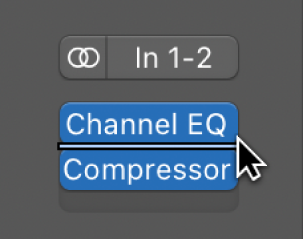
On the flip side, we can also project logic into the future. And by working in teams, persistently over time if necessary, there is hardly any system past or present whose logic we can't decipher. Working alone, we can usually discern the logic of a simple system. We see systems at work and find within them an inner logic, a set of rules or relationships that govern behavior. Logic in this sense refers to "the relationship between elements and between an element and the whole." All of us have a great capacity to see patterns in complex phenomena. Yet, through experience and awareness of recurrent patterns, we comprehend it, and, in many cases, can successfully avoid its problems (by carpooling, taking alternative routes, etc.). Consider, for example, the logic to the motion of rush-hour traffic. There is, however, another meaning that lies closer to heart of community change: the logic of how things work. In the world of machines, the only language a computer understands is the logic of its programmer. As a structured method of reasoning, mathematicians depend on it for proofs. As a branch of philosophy, scholars devote entire careers to its practice. By whatever name you call it, a logic model supports the work of health promotion and community development by charting the course of community transformation as it evolves.

A logic model keeps participants in the effort moving in the same direction by providing a common language and point of reference. Effective logic models make an explicit, often visual, statement of the activities that will bring about change and the results you expect to see for the community and its people.

It explains why your strategy is a good solution to the problem at hand.
Defining high level in logix pro how to#
Learn how to create and use a logic model, a visual representation of your initiative's activities, outputs, and expected outcomes.


 0 kommentar(er)
0 kommentar(er)
